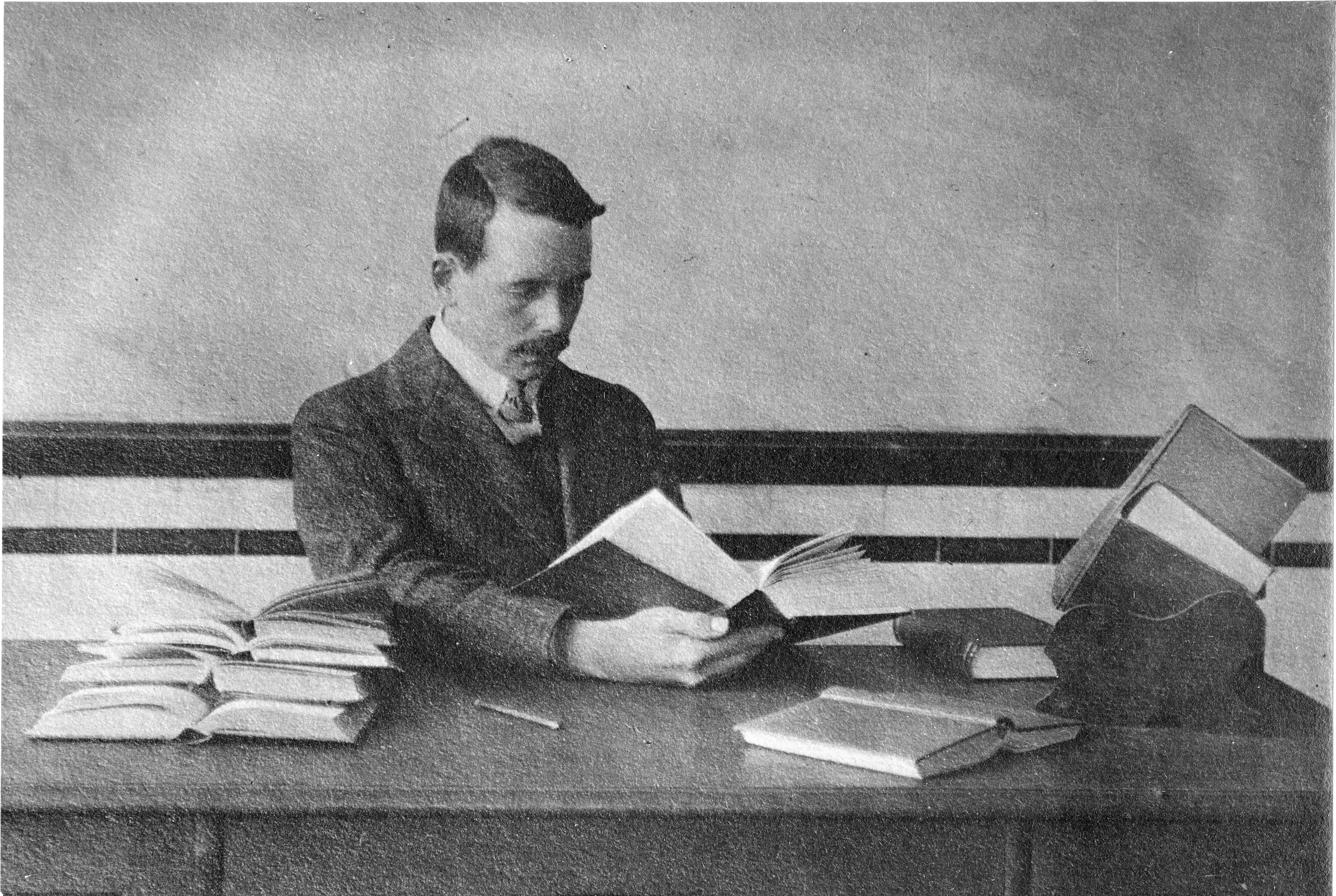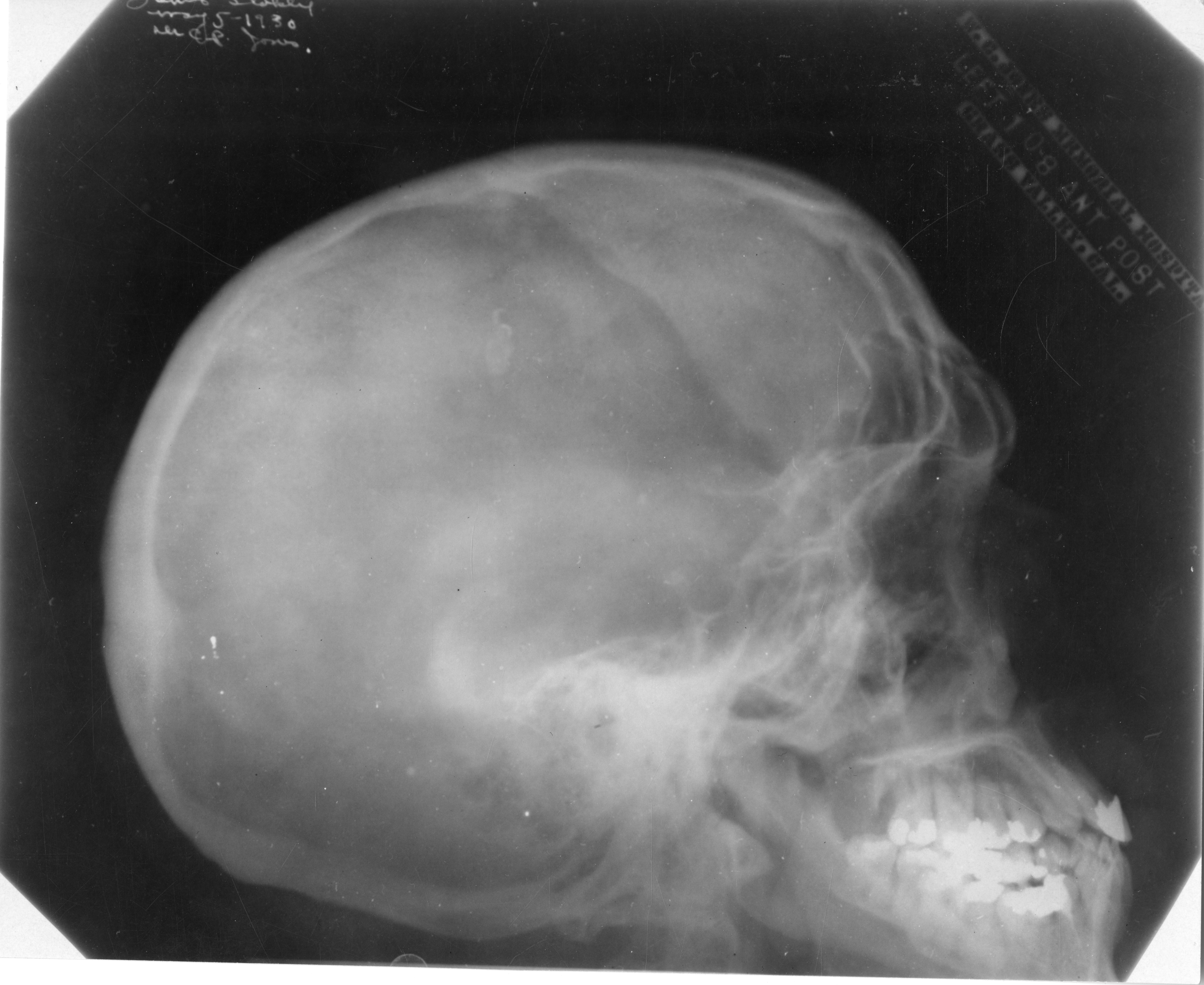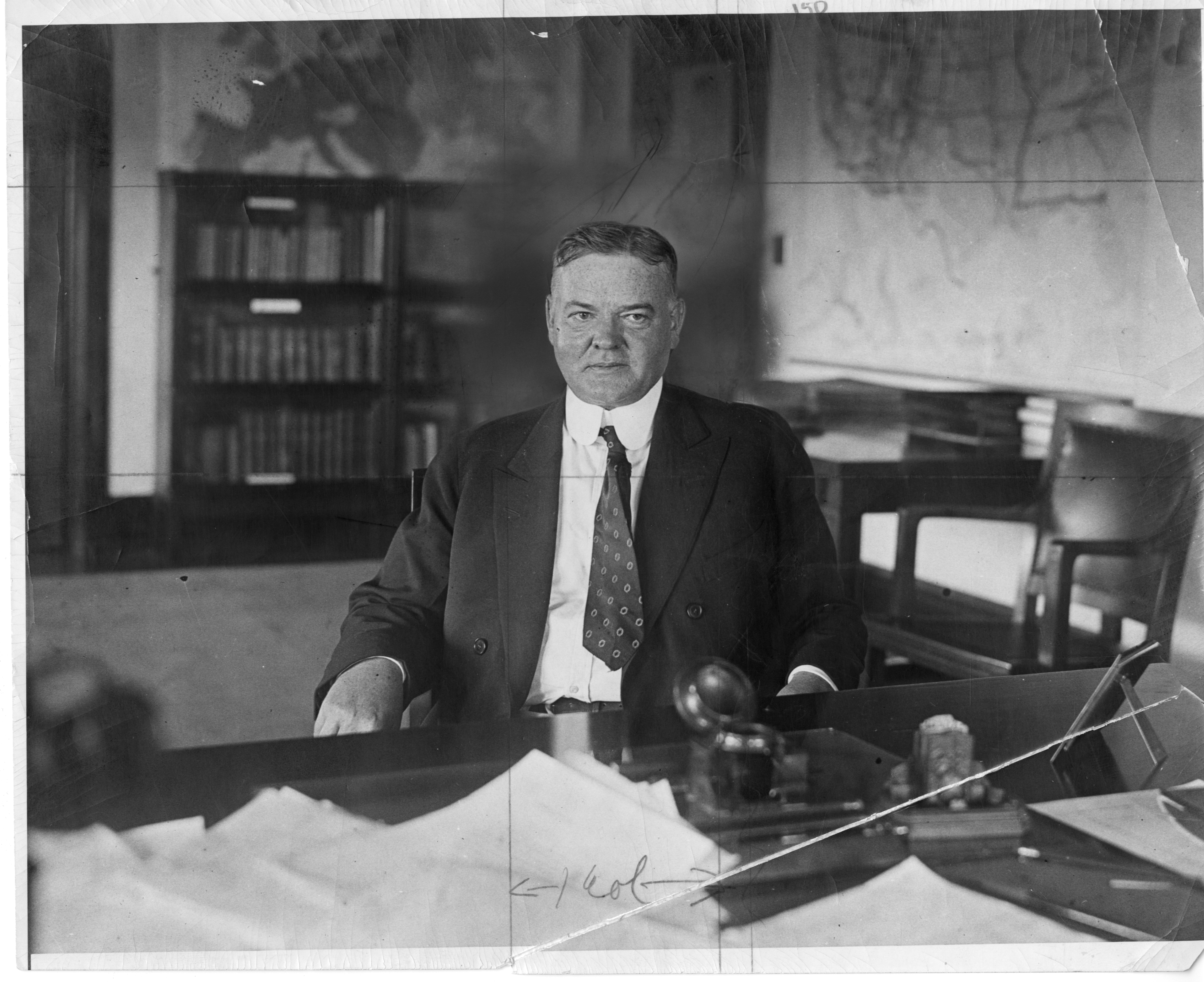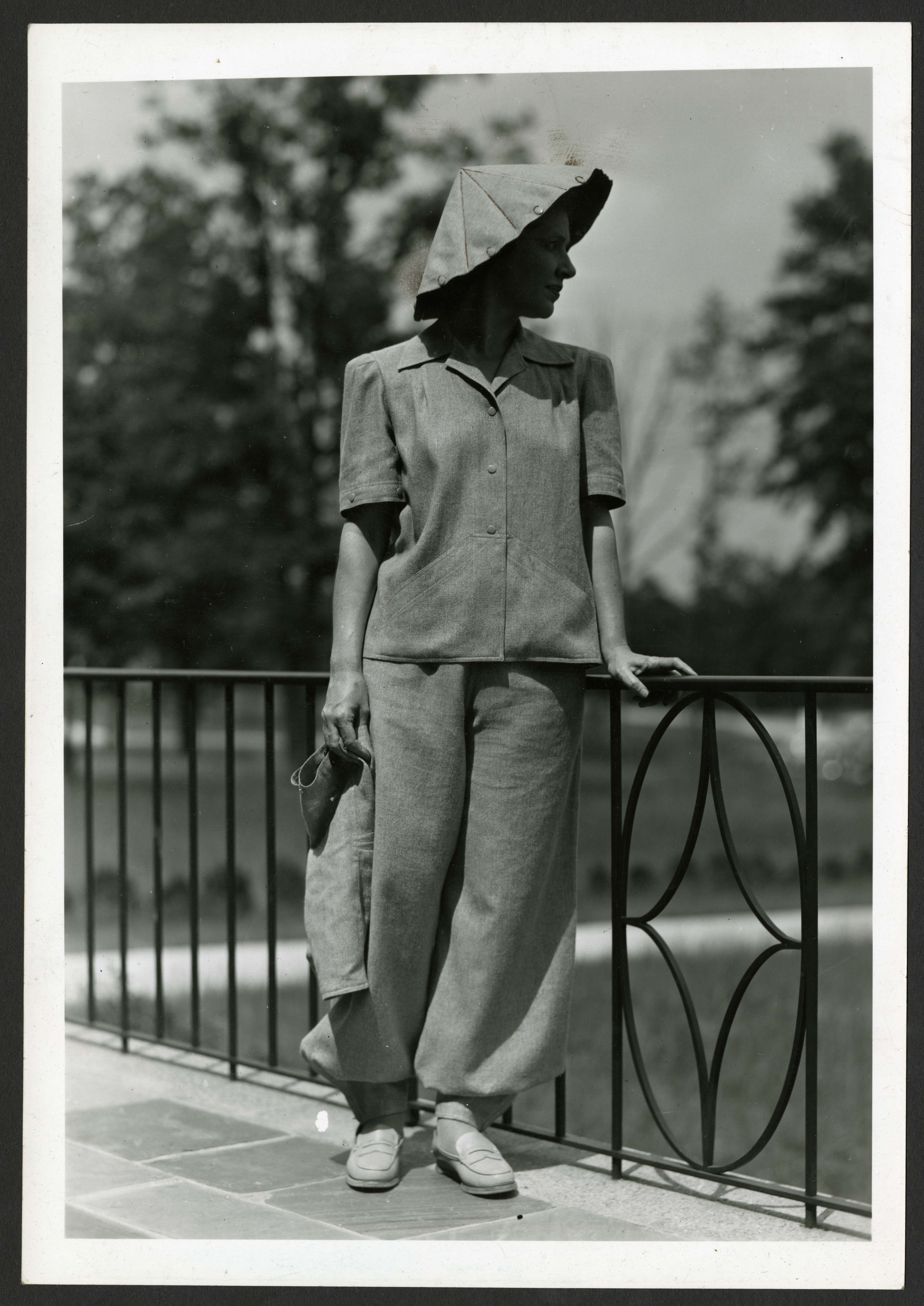Results for "Smithsonian news service (Serial)"

Science Service, Up Close: Covering the Atom, August 1945
- Date: August 6, 2015
- Creator: Marcel Chotkowski LaFollette
- Description: Details of Helen Miles Davis and Science Service coverage of the atomic bomb.

Science Service, Up Close: Two Haunting Portraits of Henry Gwyn Jeffreys Moseley
- Date: November 7, 2019
- Creator: Marcel Chotkowski LaFollette
- Description: A proud mother responded to news service’s request for a photograph of her physicist-son killed during World War I.
- Blog Post
Science Service, Up Close: Emma Reh Paints Fruits and Flowers with Words
- Date: July 10, 2018
- Creator: Marcel Chotkowski LaFollette
- Description: [edan-image:id=siris_arc_306419,size=200,left]During World War II, Science Service correspondent Emma Reh (1896-1982) spent several years living and working in Paraguay. Her letters home, like the ones written when she worked in Mexico and the American West, typically combined personal and professional news with her colorful descriptions of the countryside and people.Emma had
- Blog Post
Science Service, Up Close: Tips for Writers – Running Starts and Clean Plates
- Date: February 19, 2019
- Creator: Marcel Chotkowski LaFollette
- Description: As the Director of Science Service, chemist Edwin Emery Slosson not only edited the submissions of his staff and external contributors but he also dispensed writing tips that remain timely today.

The Smithsonian International Exchange Service in World War II
- Date: July 16, 2020
- Creator: Jessica Scott
- Description: While responding to a digitization request, I uncovered the story of how the Smithsonian International Exchange Service (1849-1992) helped rebuild the library collections of Chinese cultural heritage institutions during the Second World War.

Science Service, Up Close: Covering Eclipses, Near and Far
- Date: August 15, 2017
- Creator: Marcel Chotkowski LaFollette
- Description: Spectacular natural events, like eclipses, have long been the bread-and-butter of science journalism. Science Service, too, succumbed to the lure of combining colorful, firsthand descriptions with technical explanations.

Science Service, Up Close: Herbert Clark Hoover and Radio, August 11, 1928
- Date: August 11, 2016
- Creator: Marcel Chotkowski LaFollette
- Description: Photos in the Science Service collection documenting Herbert Hoover's historic acceptance of the Presidential nomination with live radio coverage.

Science Service, Up Close: Books, Readers, and Recommendations
- Date: December 3, 2015
- Creator: Marcel Chotkowski LaFollette
- Description: Need a new book to read? Look no further than these recommendations from Smithsonian Science Service staff writers during the 1920s and 1930s.

Science Service, Up Close: Technology and Political Conventions
- Date: July 19, 2016
- Creator: Marcel Chotkowski LaFollette
- Description: In a Presidential election year, political news coverage can sometimes seem almost too instantaneous and continuous. Thanks to smartphones with cameras and microphones, journalists and citizens can relay images and sound from almost anywhere inside campaign activities. There was a time, however, when live broadcasting from political conventions and rallies was novel.Starting

"Open Wide!": Photographs of Dentists and Dental Researchers from the Science Service Collections
- Date: October 10, 2019
- Creator: Marcel Chotkowski LaFollette
- Description: To celebrate National Dental Hygiene Month, the Smithsonian Institution Archives presents photographs of dentists and dental researchers.

Science Service, Up Close: Honors and Honorees
- Date: August 4, 2016
- Creator: Marcel Chotkowski LaFollette
- Description: A selection from thirty years of engineering and scientific awards from the Science Service biographical morgue.

Science Service, Up Close: Making Do
- Date: June 4, 2015
- Creator: Marcel Chotkowski LaFollette
- Description: Science Service: Up Close - Looking at the "defense fashions" for female workers during World War II.
